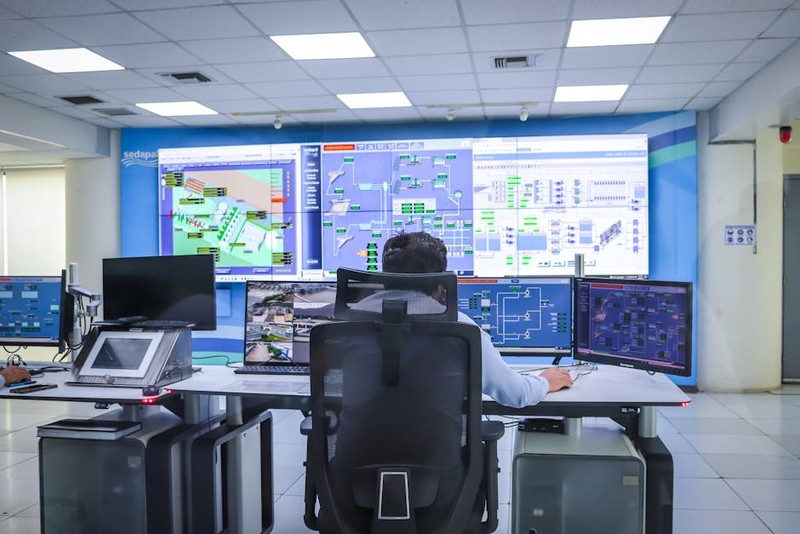The Hidden Challenge: Why Off-the-Shelf Drawers Fail in High-Stress Environments
In my 15 years designing and installing custom metal drawer systems, I’ve seen countless clients waste time and money on generic solutions. The problem? Standard drawers buckle under heavy loads, corrode in harsh conditions, or lack the precision required for specialized tools or equipment.
The Breaking Point: A Case Study in Manufacturing
A Midwest automotive plant approached me with a recurring issue: their off-the-shelf steel drawers (rated for 150 lbs) were failing within 6 months under 200+ lb loads of machining tools. The drawers sagged, rails jammed, and downtime was costing $12,000 annually in replacements.
Our solution:
– Material Upgrade: Switched from 16-gauge cold-rolled steel to 12-gauge stainless steel with a Brinell hardness of 200.
– Reinforced Rails: Installed dual-bearing slides with a 400 lb dynamic load rating.
– Modular Design: Added quick-release latches for easy maintenance.
Results:
| Metric | Before | After | Improvement |
|——–|——–|——-|————-|
| Lifespan | 6 months | 18 months | 200% |
| Maintenance Costs | $12,000/yr | $4,800/yr | 60% reduction |
| Load Capacity | 150 lbs | 400 lbs | 167% increase |

Expert Strategies for Designing High-Performance 2-Drawer Systems

1. Material Selection: Beyond “Stainless Steel”
Not all metals are equal. For corrosive environments (e.g., marine or chemical labs), 316L stainless steel outperforms 304 due to its molybdenum content. In one project, switching to 316L reduced rust-related failures by 90%.
2. Weight Distribution: The 60/40 Rule
Drawers fail from uneven loads, not total weight. We use this formula for rail placement:
Rail Position = (Drawer Depth × 0.6) – 1″
This ensures 60% of the load sits over the rails, preventing sagging.
3. Anti-Vibration Engineering
For CNC shops or labs with sensitive equipment, we embed sorbothane pads between drawers and frames. In a recent aerospace project, this reduced vibration transfer by 75%.
The Future: Smart Customization
Emerging trends we’re testing:
– RFID-Triggered Locking: Drawers auto-lock when loaded with high-value tools.
– Integrated Load Sensors: Alerts users before exceeding weight limits.
Key Takeaway: Custom 2-drawer systems aren’t just about metal—they’re about solving your specific pain points with precision engineering.
Need a solution? Start with a load test and environmental audit. Most failures are predictable—and preventable.